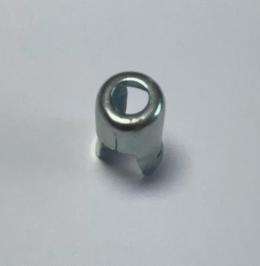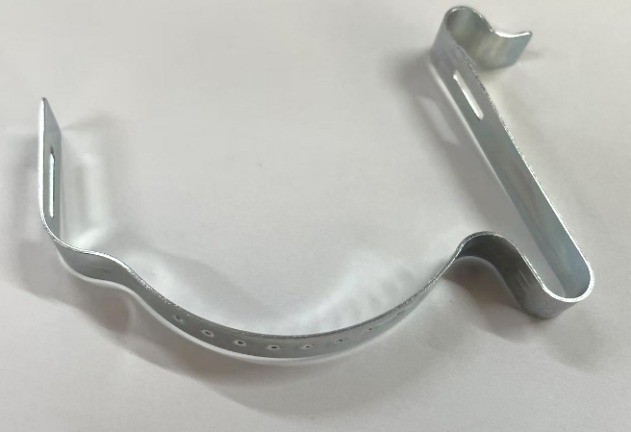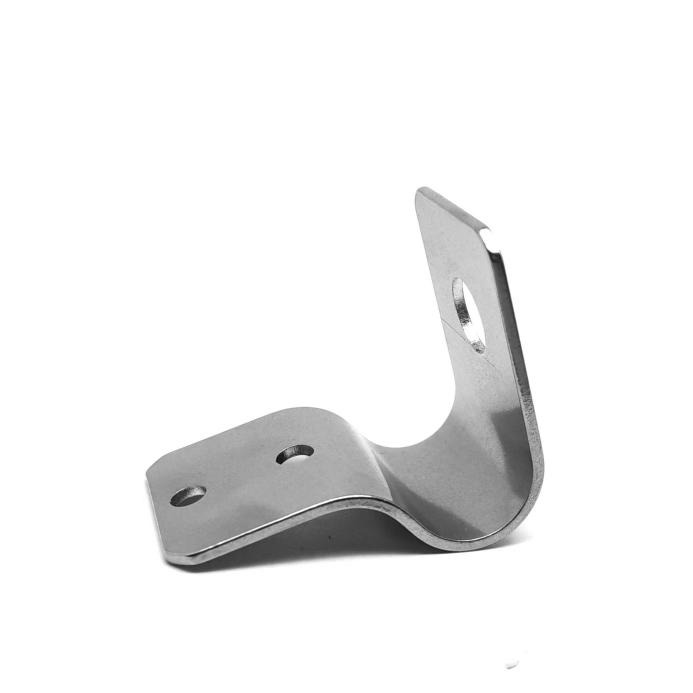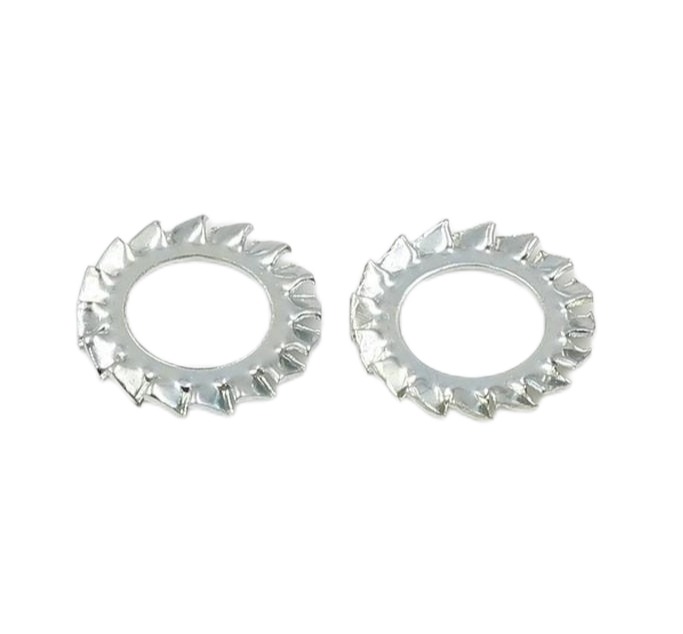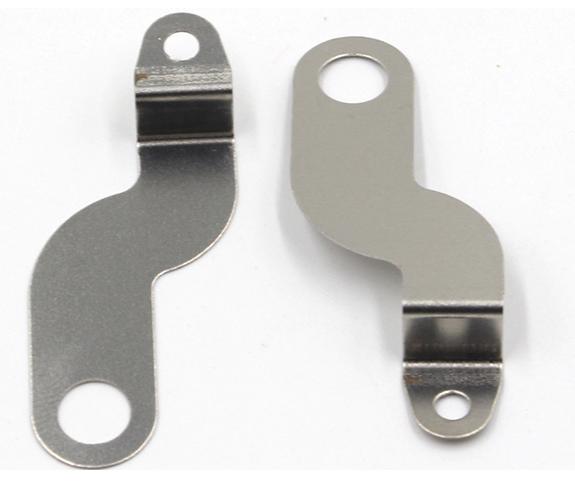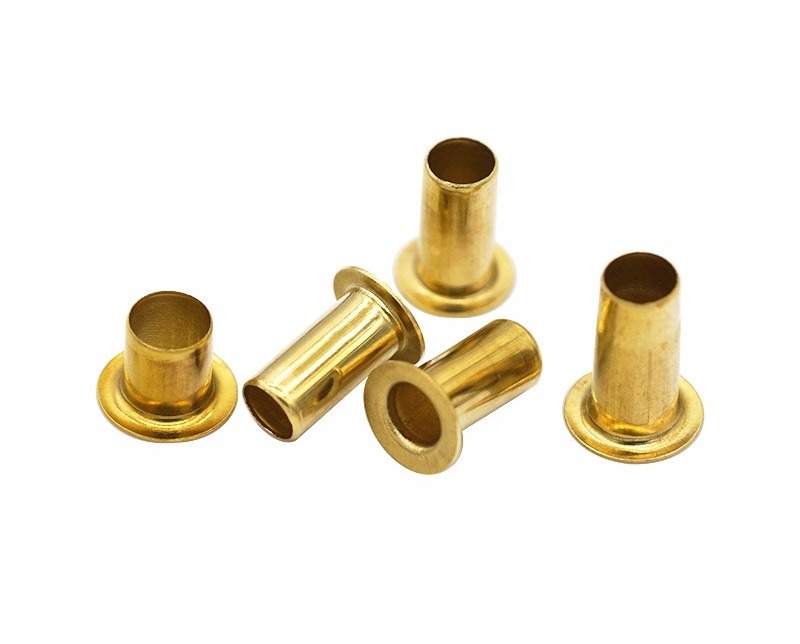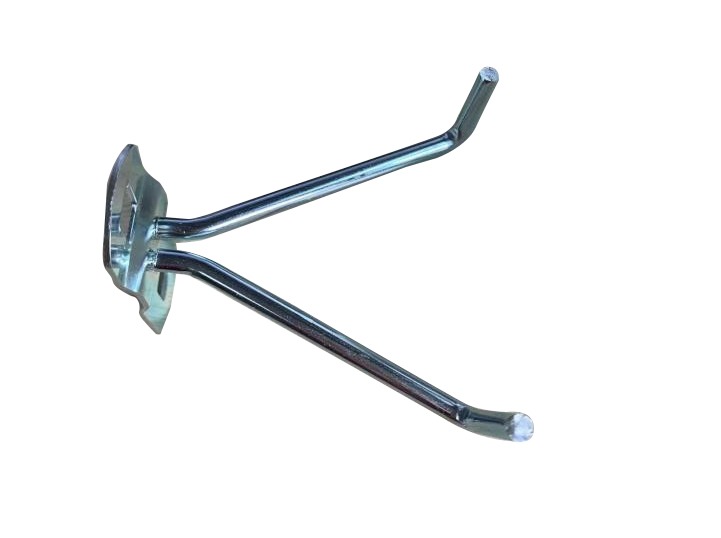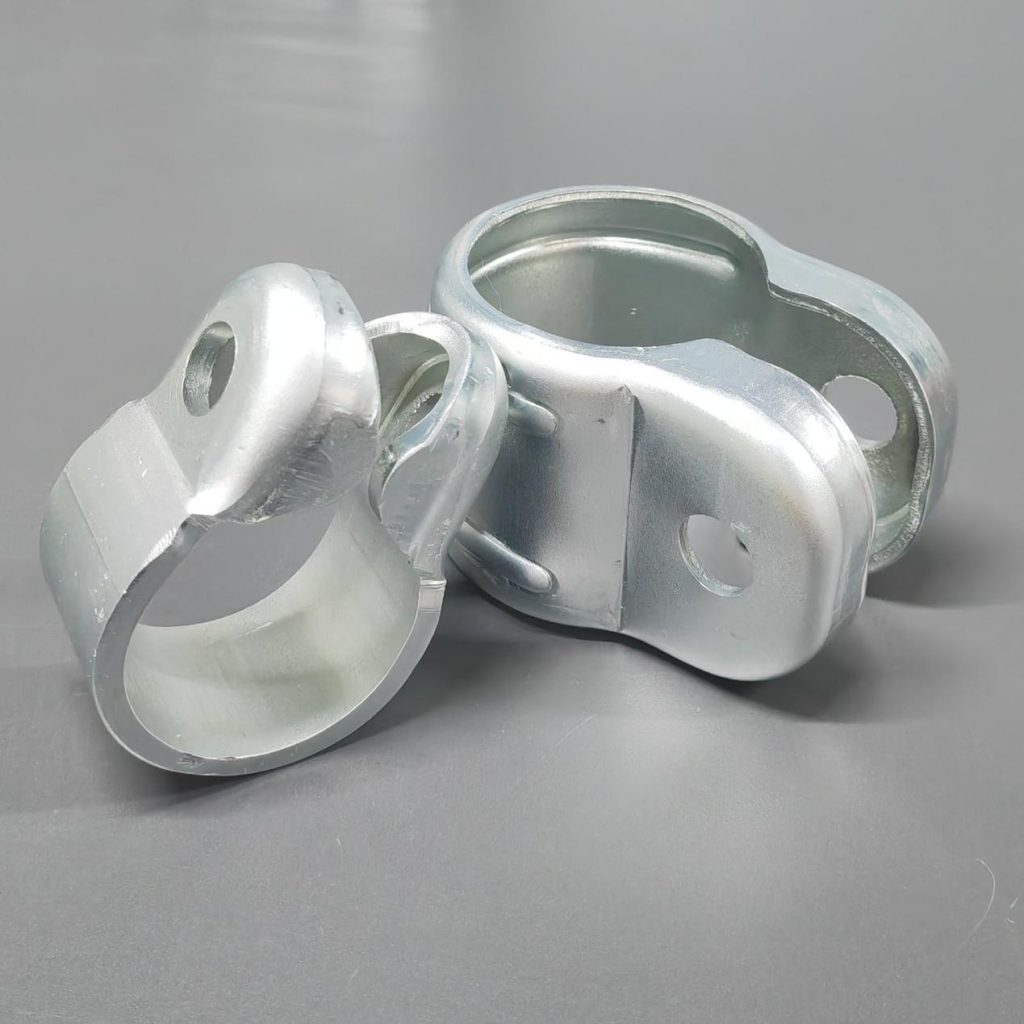Metal Die Casting vs. Metal Injection Molding: Understanding the Differences
Metal die casting and metal injection molding are two widely used manufacturing processes for producing complex metal parts. While both aim to shape metal into desired forms, they differ significantly in their approaches, capabilities, and applications. This article delves into the essential aspects of each process, highlighting their strengths, weaknesses, and suitability for various manufacturing scenarios.
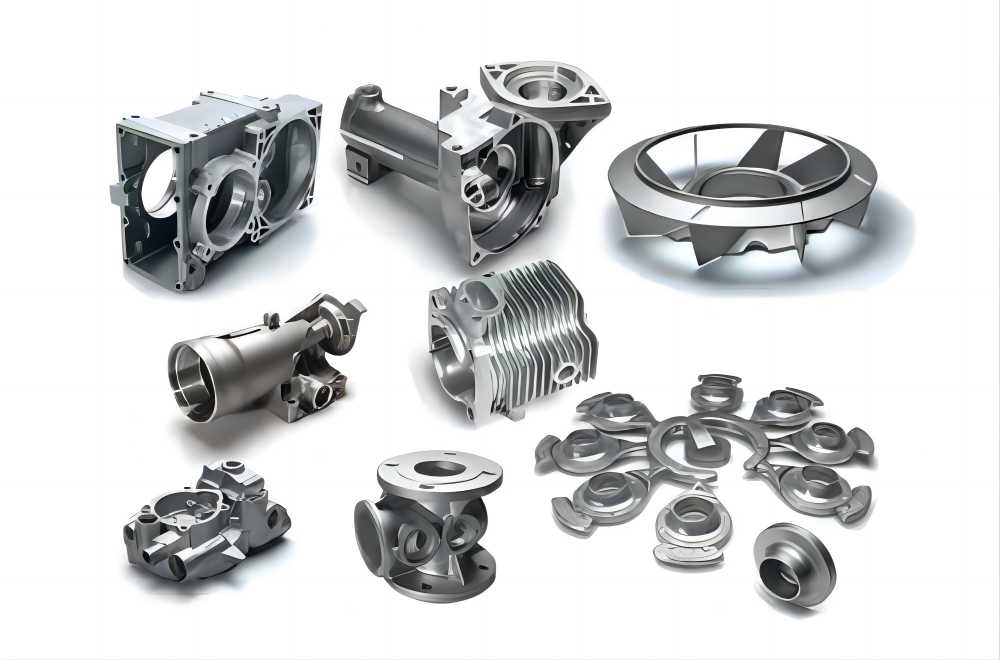
Metal Die Casting: High-Speed Production for Simple to Moderately Complex Parts
Metal die casting is a high-pressure injection process that rapidly forms metal parts. Molten metal, typically aluminum or zinc alloys, is injected into a reusable steel mold (die) under high pressure. The rapid cooling of the metal within the die leads to solidification and formation of the desired part shape. After solidification, the part is ejected from the die, and the process repeats.
Advantages
- Cost-effective: Die casting is a cost-efficient manufacturing method for large production volumes. The rapid cycle time and minimal material waste contribute to its economic viability.
- Fast Production Cycles: The high-pressure injection and rapid cooling of metal enable quick cycle times, leading to high production rates. This makes die casting ideal for applications requiring large quantities of parts in a short timeframe.
- Suitable for a Range of Non-ferrous Metals: Die casting readily works with various non-ferrous metals, including aluminum, zinc, magnesium, and copper alloys. This versatility allows for selecting the most appropriate material based on the desired properties like strength, weight, and corrosion resistance.
Disadvantages
- Limited Geometric Complexity: Die casting tools are typically limited to two-part molds, which can restrict the creation of highly complex geometries with intricate features or undercuts.
- Potential for Porosity: The rapid solidification of metal in die casting can create small air pockets within the part, known as porosity. This can impact the mechanical properties and overall integrity of the part, requiring careful design considerations and potential post-processing steps.
- Less Precise Than metal injection molding: Compared to metal injection molding, die casting offers slightly less dimensional accuracy and surface finish. While still suitable for many applications, it may not be ideal for parts requiring extremely tight tolerances or high-quality surface aesthetics.
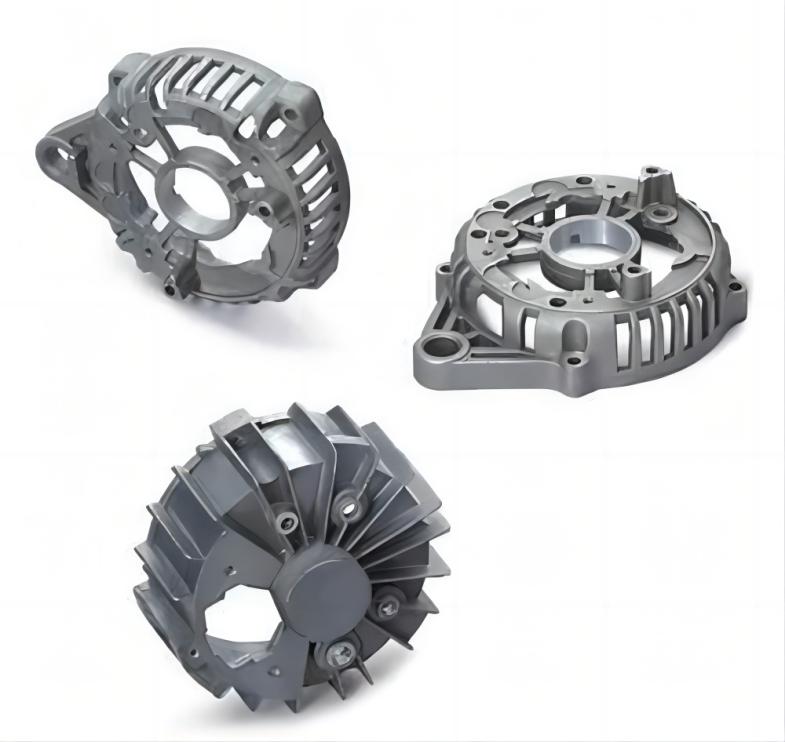
Metal Injection Molding: Precision Manufacturing for Complex Geometries
Metal injection molding is a multi-step process that utilizes a combination of injection molding and powder metallurgy techniques. Fine metal powder, typically mixed with a binder material, is injected into a mold cavity under pressure. After forming, the binder is removed through a debinding process, leaving behind a fragile metal structure. Finally, the remaining metal undergoes a high-temperature sintering process, causing the metal particles to fuse together and gain strength, resulting in the final part.
Advantages
- Complex Geometries: Metal injection molding excels in creating intricate and complex parts with tight tolerances and thin walls, which are often challenging or impossible to achieve with die casting due to its mold limitations.
- Excellent Dimensional Accuracy and Surface Finish: The precise nature of the injection molding process and subsequent sintering steps contribute to exceptional dimensional accuracy and surface finish, making metal injection molding suitable for parts requiring high precision and aesthetics.
- Wider Selection of Materials: Metal injection molding offers a broader selection of materials compared to die casting. This includes not only traditional die casting materials like aluminum and zinc but also steel, stainless steel, and various superalloys, enabling the creation of parts with enhanced mechanical properties like high strength, wear resistance, and corrosion resistance.
Disadvantages
- Higher Tooling and Setup Costs: Metal injection molding typically involves higher upfront costs compared to die casting due to the development of more complex molds and the multi-step process involved.
- Less Cost-Effective for Large Production Runs: While efficient for smaller and medium-sized production runs, metal injection molding can be less cost-effective for very large volumes compared to die casting due to the increased processing time and associated costs.
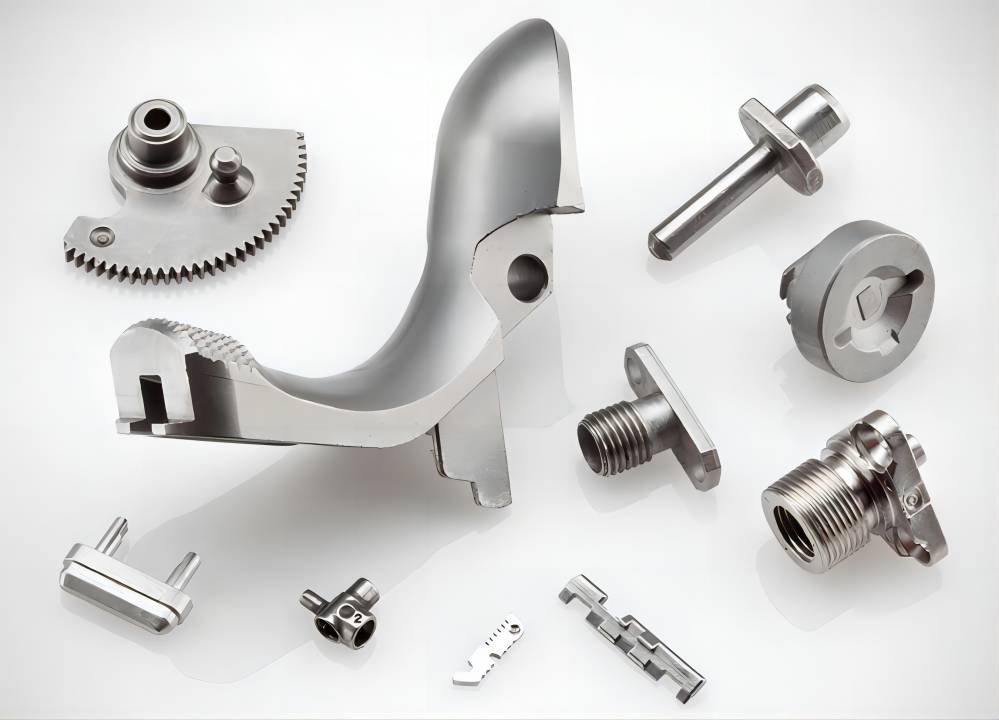
Key Considerations for Choosing Between Die Casting and Metal Injection Molding
Choosing the most appropriate process between die casting and metal injection molding hinges on several critical factors:
1. Part Design Complexity
- Intricate Features and Tight Tolerances: For parts with complex geometries, intricate features, or demanding dimensional accuracy (tight tolerances), metal injection molding is the preferred option. Its ability to handle intricate shapes and achieve precise dimensions surpasses die casting’s capabilities due to the limitations of two-part molds in die casting.
- Thin Walls: Similarly, if the desired part possesses thin walls, metal injection molding becomes the better choice. The injection molding process in metal injection molding allows for the creation of thinner sections compared to die casting, which might struggle with filling such cavities due to the rapid solidification of the molten metal.
2. Production Volume
- High Volume: When dealing with high-volume production runs, die casting emerges as the more cost-effective option. Its faster cycle times and lower tooling costs per unit produced translate to lower overall production costs for large quantities.
- Smaller and Medium Volume: For smaller or medium-sized production runs, metal injection molding can become more competitive. While its initial tooling costs might be higher, the ability to produce complex geometries without additional machining steps often offsets this cost, especially when compared to the potential machining needs for die-cast parts with intricate features.
3. Material Requirements
- Material Availability: If the desired material is not readily available in die casting, typically limited to non-ferrous alloys like aluminum and zinc, metal injection molding offers a wider selection. This includes not only conventional die casting materials but also steel, stainless steel, and various superalloys, enabling the creation of parts with specific properties like high strength, wear resistance, and corrosion resistance.
- Specific Material Properties: When specific material properties, such as high strength or superior corrosion resistance, are crucial, metal injection molding’s broader material selection allows for the selection of the most suitable material, even if it’s not readily available in die casting.
4. Cost vs. Precision
- Cost: While die casting generally offers a lower per-unit cost due to its faster cycle times and lower upfront tooling costs, the decision should not solely rely on this factor.
- Precision: If achieving high dimensional accuracy and a smooth surface finish is critical for the part’s functionality or aesthetics, metal injection molding is the better choice. Its inherent ability to create precise geometries and achieve a superior surface finish through the injection molding and sintering steps makes it ideal for such applications.
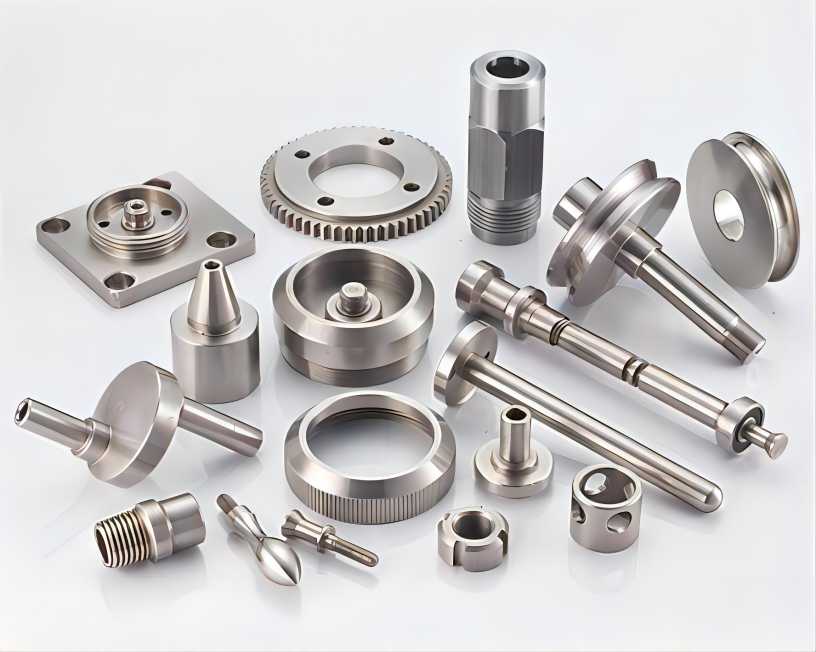
Applications of Die Casting and Metal Injection Molding
1. Common Die Casting Applications
Die casting finds application in a wide range of industries due to its ability to produce cost-effective, high-volume parts. Here are some common examples:
- Automotive parts: Engine components like cylinder heads, pistons, and transmission housings are frequently die-cast due to the high production volumes and suitable material properties achievable with this process.
- Housings for appliances and electronics: Die casting is commonly used to create housings for various appliances like vacuum cleaners, coffee makers, and televisions, as well as electronic devices like laptops, smartphones, and game consoles. Its ability to form complex shapes while maintaining a smooth surface finish makes it ideal for these applications.
- Hardware components: Doorknobs, handles, hinges, and other hardware components often utilize die casting due to its cost-effectiveness and ability to produce parts with consistent quality and dimensional accuracy.
2. Common Metal Injection Molding Applications
Metal injection molding excels in creating complex parts with high precision and a broader material selection compared to die casting. Here are some common applications leveraging these strengths:
- Small, complex parts: Gears, fasteners, and other intricate components requiring precise dimensions and tight tolerances are well-suited for metal injection molding production. Its ability to handle complex geometries with thin walls and achieve high dimensional accuracy makes it ideal for such applications.
- Medical devices: The biocompatibility of certain Metal injection molding materials, coupled with the ability to create intricate shapes with smooth surfaces, makes it suitable for various medical devices like surgical instruments, implants (including dental implants), and prosthetics.
- Firearms components: Metal injection molding finds applications in various firearm components like triggers, hammers, and sights due to its ability to achieve high strength, wear resistance, and dimensional accuracy with specific materials, allowing for reliable and durable components.
- High-performance applications: Metal injection molding’s ability to handle diverse materials and create complex shapes allows for the creation of parts used in demanding environments, such as aerospace components like engine parts, fuel system components, and lightweight structures. It also finds application in high-performance machinery components requiring wear resistance and specific mechanical properties.
By understanding the unique strengths and limitations of both die casting and metal injection molding, manufacturers can choose the most appropriate process for their specific needs, ensuring efficient and cost-effective production of high-quality parts for various applications.
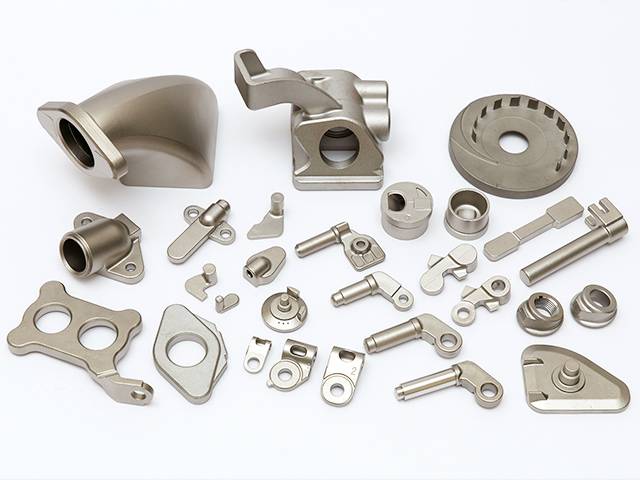
Conclusion
Both metal die casting and metal injection molding offer valuable capabilities for shaping metal into desired forms. Choosing between these processes requires careful consideration of the specific part design, production volume, material requirements, and the importance of cost versus precision. Die casting excels in the high-volume production of simpler parts, while metal injection molding shines in creating intricate geometries with high precision and a wider material selection. Understanding the strengths and weaknesses of each process allows for informed decision-making, leading to the most effective and cost-efficient manufacturing solution for diverse industry needs.

